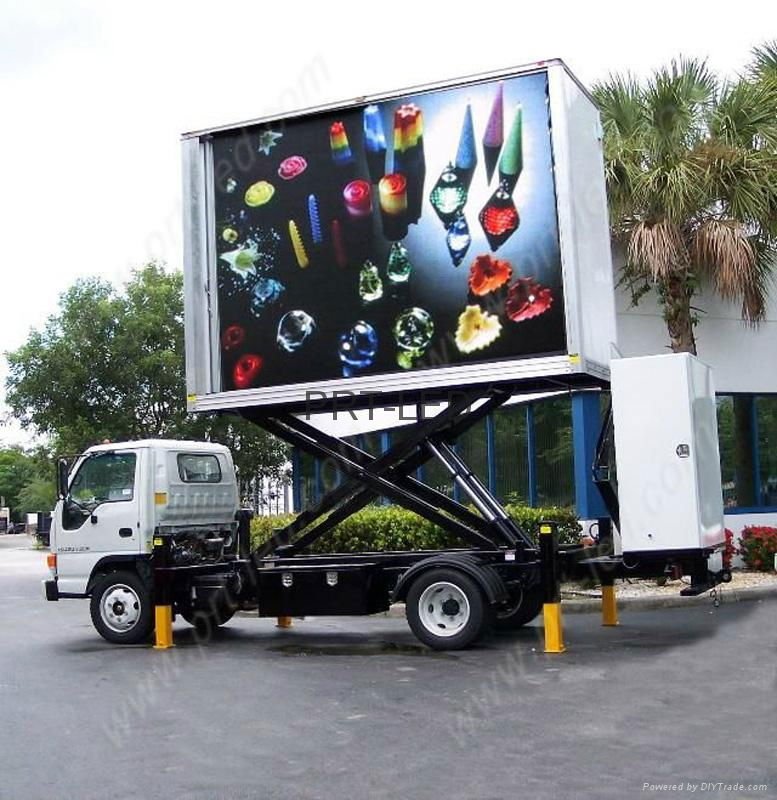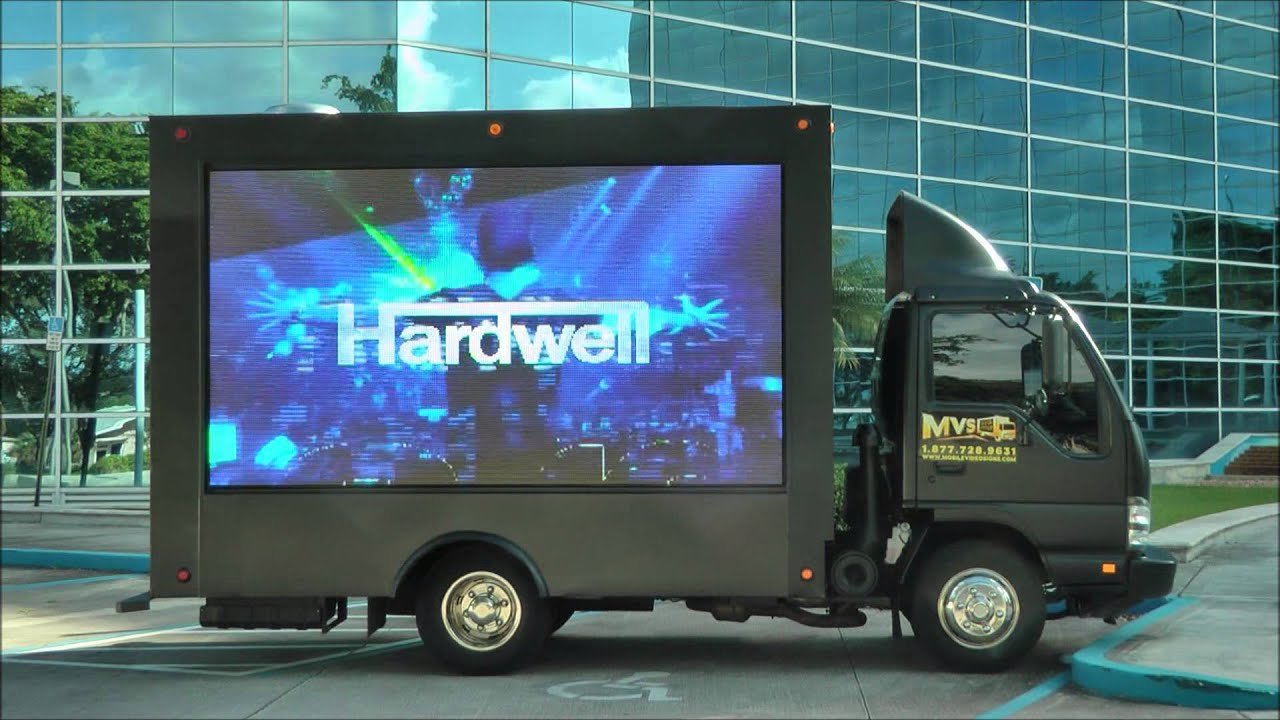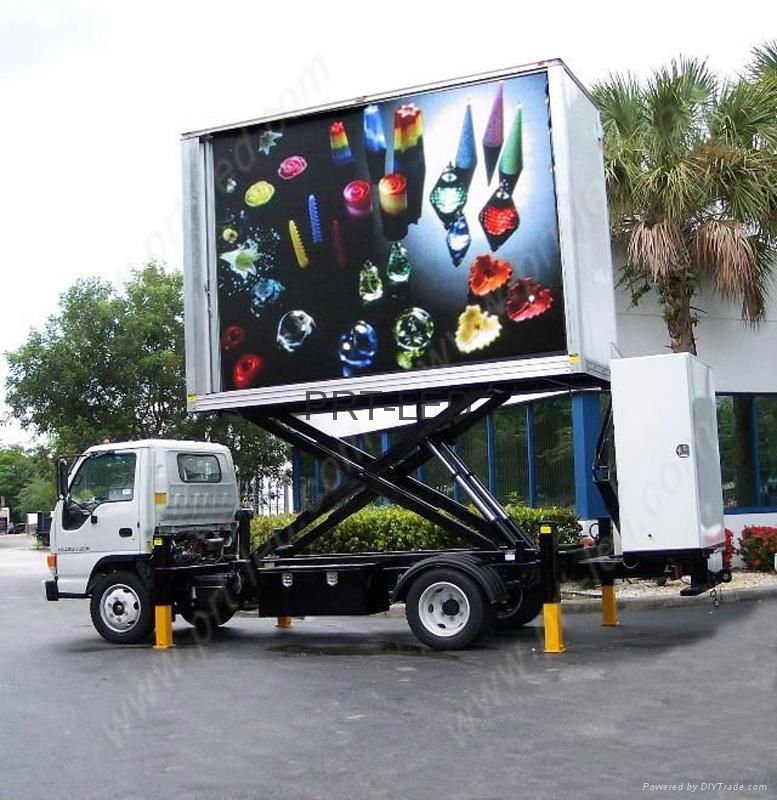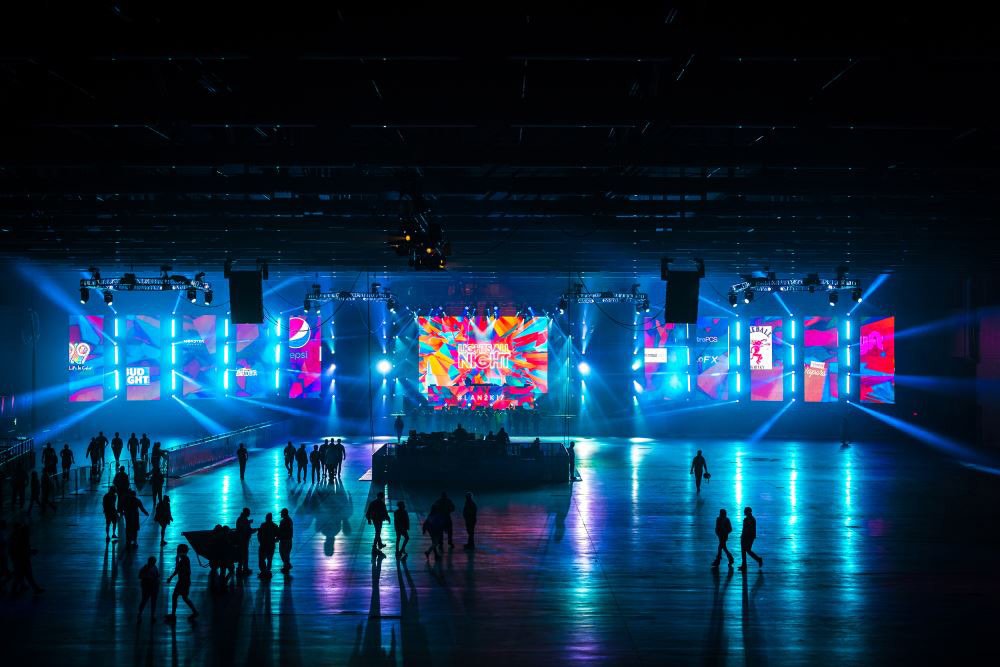What is a Video Wall Display?
A video wall display is a large screen system created by combining multiple display screens to form one cohesive display. These are typically LED or LCD panels aligned together in a grid pattern to project high-definition visuals seamlessly across the whole display area. Video walls are used in control rooms, stadiums, conference centers, retail, and public spaces to deliver impactful visuals that captivate and engage audiences.
Video wall displays offer unique advantages, including high resolution, scalability, and the ability to display multiple contents at once. In this article, we’ll cover the essentials of video wall displays, their components, types, benefits, and why they are transforming modern visual communication.

Key Components of Video Wall Display Systems
1. Display Panels
- These can include LCD, LED, or projection screens that are seamlessly connected to form one large screen.
2. Video Wall Controller
- The controller is a powerful device that manages how content is displayed across multiple screens. It allows users to configure the layout, scale content, and assign each panel its specific role in the larger display.
3. Mounting Solutions
- Video walls require secure mounting options to ensure stability and precise alignment for an even viewing experience.
4. Content Management System (CMS)
- The CMS helps control and schedule the content displayed, allowing operators to switch between sources and arrange media on the display dynamically.
Benefits of Video Wall Displays
1. Superior Resolution and Clarity
Video walls combine multiple screens, allowing for a much higher resolution than a single display. This setup results in sharp, vibrant visuals that attract and hold attention.
2. Scalability
Video walls can be scaled up or down depending on the available space and requirements, making them versatile for different venues.
3. Reliability
Built with durable materials, video wall systems are designed for continuous operation, making them ideal for 24/7 environments like security control rooms and transportation hubs.
4. Flexibility in Display Content
Users can control the layout and content displayed across different screens. It’s easy to show one large image or multiple content feeds simultaneously, enhancing the impact on viewers.
How Does a Video Wall Display Work?
A video wall display operates through a combination of hardware and software. The screens connect to a video wall controller, which splits and allocates content across all screens based on the configured layout. Content is uploaded and managed through a CMS, allowing for flexible scheduling and control. The CMS connects to the controller, ensuring content is distributed according to the user’s specifications, whether it’s a single unified image or multiple media types.
Types of Video Wall Displays
1. LCD Video Walls
- Known for their high brightness and reliability, LCD video walls use flat-panel LCD screens. They are widely used in control rooms, retail stores, and broadcast studios.
2. LED Video Walls
- LED video walls provide higher brightness and are ideal for outdoor displays. They are commonly found in stadiums, public spaces, and event centers.
3. Projection Video Walls
- Projection-based video walls use projectors and are often seen in auditoriums and large venues where a cost-effective large display solution is required.
4. Interactive Video Walls
- Interactive video walls incorporate touch capabilities, allowing users to engage with the display. These are popular in educational institutions, museums, and showrooms.
Final Thoughts
Video wall displays are transforming the way we present and experience visual content in various settings, from retail and entertainment to corporate environments and public spaces. By using a combination of multiple screens, video walls provide unmatched visual quality, scalability, and reliability. With continued advances in display technology, video walls are set to become even more versatile, offering a powerful tool for impactful communication and advertising.
FAQs on Video Wall Display
Q1: What is the primary use of a video wall display?
A: Video wall displays are used to show content in large formats, making them ideal for control rooms, advertising, presentations, and public spaces.
Q2: Can video wall displays be used outdoors?
A: Yes, LED video walls are often used outdoors due to their high brightness and durability in various weather conditions.
Q3: What type of maintenance do video wall displays require?
A: Regular calibration and occasional screen cleaning are recommended. LED video walls may need less maintenance due to their durability.
Q4: What is the difference between LED and LCD video walls?
A: LED video walls are generally brighter and more suitable for large outdoor displays, while LCD video walls offer high resolution and are more common indoors.
Q5: How long do video wall displays last?
A: Depending on the type and usage, video wall displays can last anywhere from 5 to 10 years with proper maintenance.




